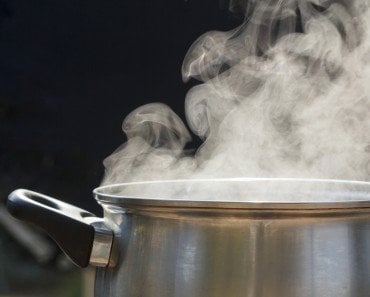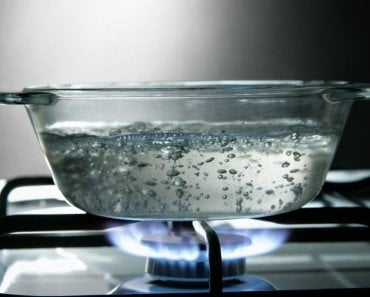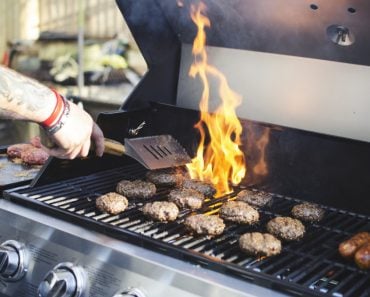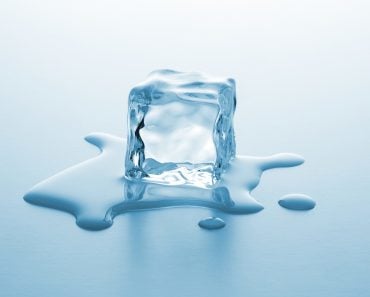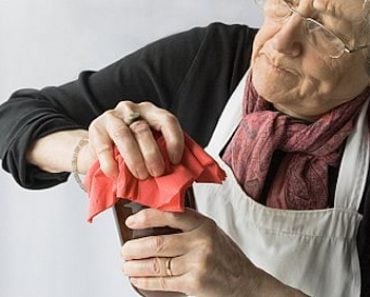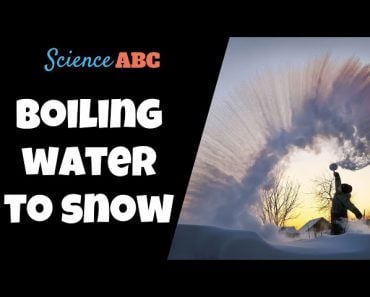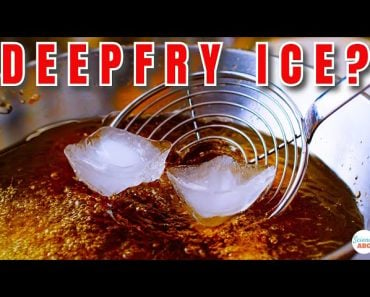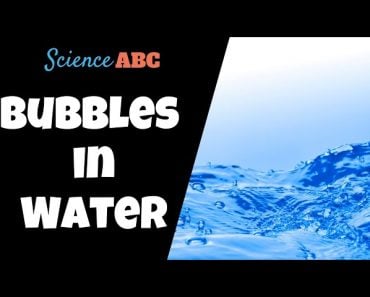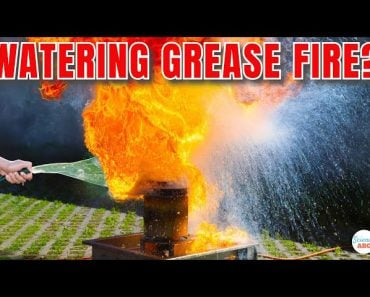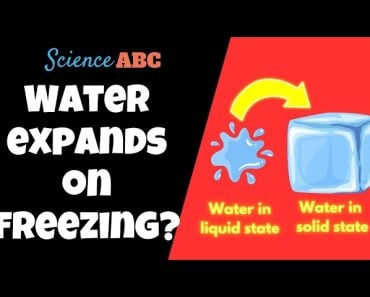Table of Contents (click to expand)
The top layer of milk formed when it is heated traps water vapor, and the ensuing fight between vapor seeking freedom and the top layer not letting them results in a dairy disaster via spilling.
We have all been in the position of having to explain why the milk spilled over on our watch, or perhaps we’ve just had to clean it up later. It would be tough to think of the same thing happening while boiling water, but why do you have to stand guard over boiling milk and not boiling water?
Firstly, let’s think about what water and milk are made of. Water is mostly just molecules of water or H2O clumped together to form a liquid. There are some minerals, but in too small a concentration to matter while we are trying to understand how it boils. Milk, on the other hand, is a complicated mix of chemicals, the main ones being proteins, fats, and water.
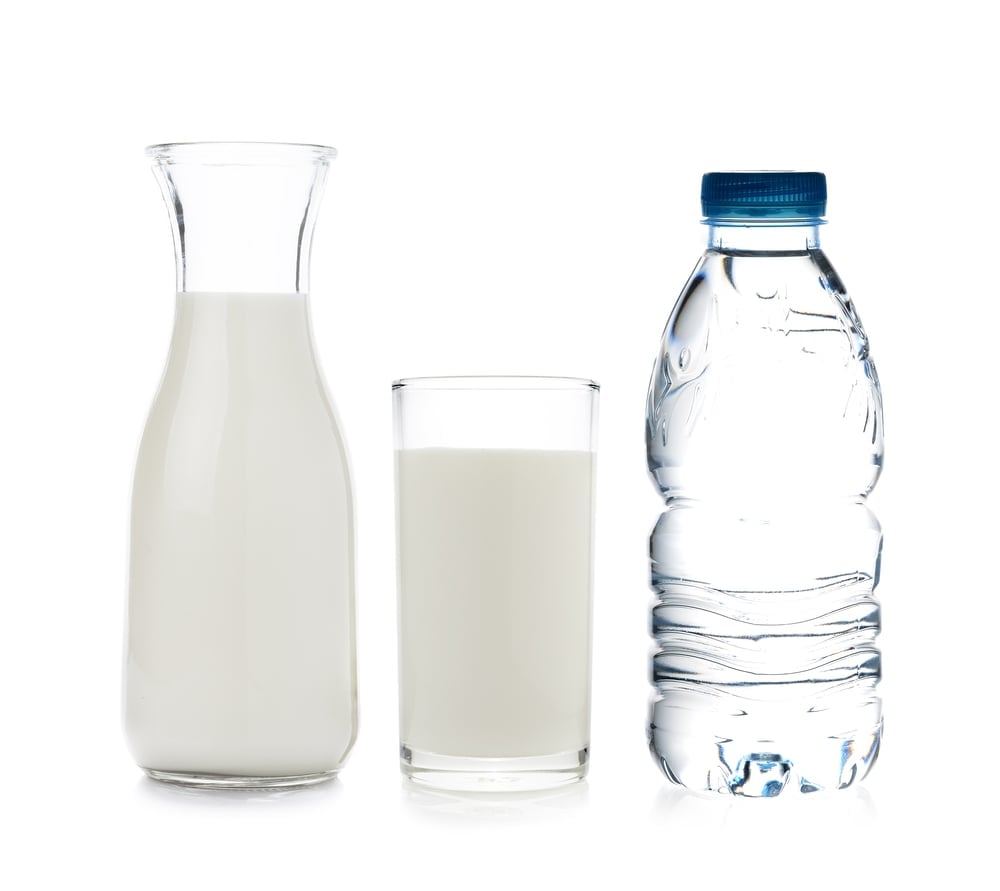
Recommended Video for you:
What Happens In The Milk When Heated?
The constituents of milk must interact with each other to make the nice, stable liquid that we see and drink, but the way they behave with each other changes when they are heated.
Let’s look at what happens when milk is heated through the eyes of one of the proteins. When we boil milk, the internal structure of the protein changes, and it finds itself much stiffer than during the normal liquid phase. This brings in a new opportunity of friendship with the adjacent fat molecules, and they coagulate together to form a gel-like substance.
Just as they are enjoying this new-found friendship, being lighter than water and with energy provided by heat, they start moving to the top together.
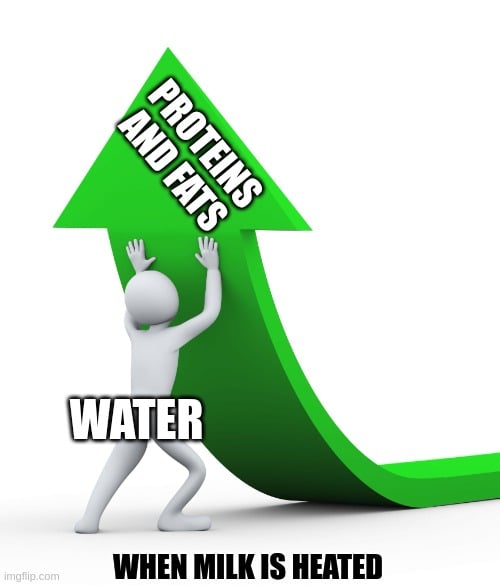
Once at the top, that protein-fat substance will see a lot of water being evaporated, since evaporation takes place only from the surface. The already small concentration of water on the surface is decreased further, and a layer of coagulated protein and fat covers it up.
At the bottom of the pan, it is very hot. With so much heat, water starts converting into vapor. The vapor here is also lighter than water, and similar to the protein and fat, will begin to go upwards. When it is about to reach the surface, it encounters a gel-like substance that won’t let it pass through.
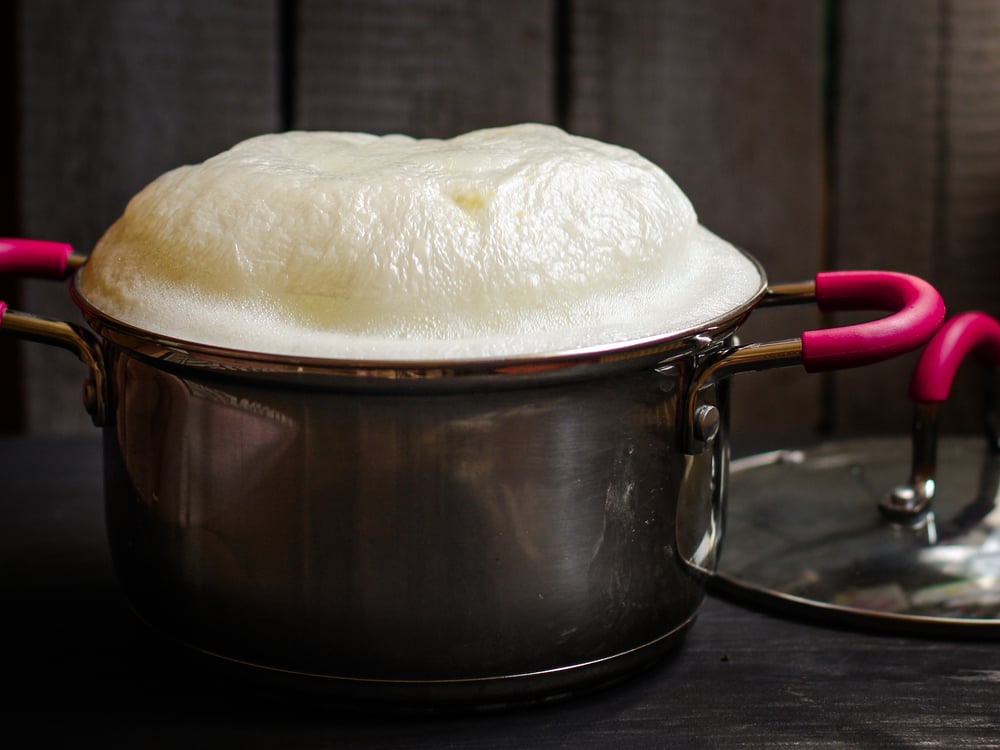
As the water vapor pushes through, bubbles are formed, just like our breath pushing on soap film makes bubbles. When more and more water vapor comes up due to heating, the same process of trapping and pushing through leads to the formation of many bubbles. That is how the foam on top of boiling milk is created.
Why Can’t The Foam Just Sit There On Top?
From here onwards, the process goes continues until either the protein-fat substance or water is exhausted. However, a long time before the milk dries up to exhaust the water, the foam will be big enough to be pushed out and over by new foam forming underneath the brim of the vessel. You know what happens next—a lot of cleaning up of spilled milk.
In short, we have a three-step process: coagulation and rising of fats and proteins, rising of water vapor from the bottom, formation of a foam, and finally, the main event of spilling over.
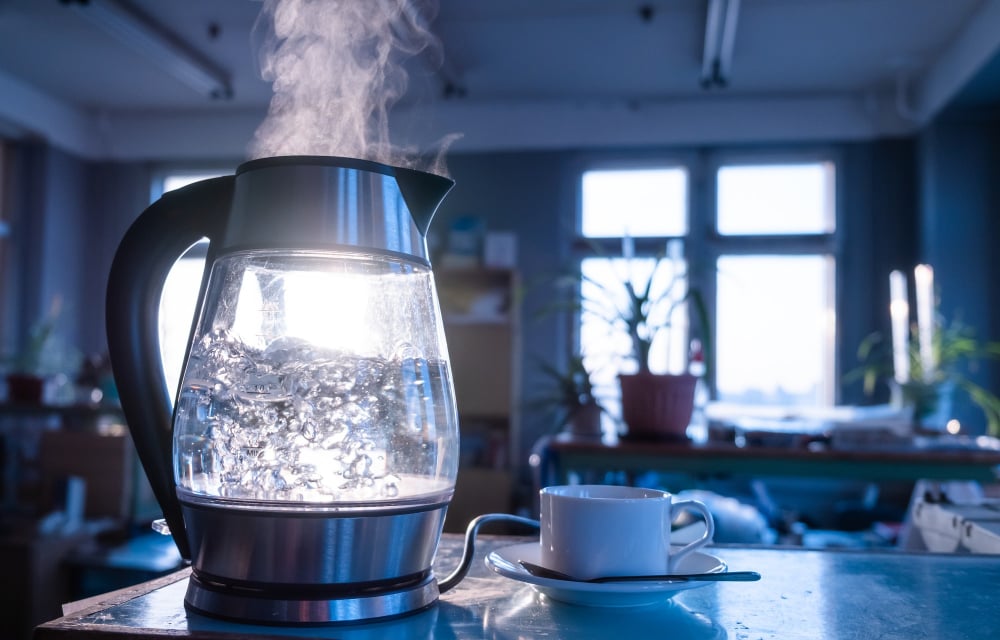
When we think about boiling water, we have only one of the above steps, i.e, the rising of water vapor from the bottom of the pan. The vapor has a straight path from the bottom to the air above. Water doesn’t have a substance that can trap water vapor from escaping. It is free to go to the surface and escape it, so no foam is created, and no spillover is ever seen.
Can We Stop The Spilling?
Now that we know why milk spills, we can formulate ways to stop it from spilling over. The easiest place to tackle the spillover would be the foam created on top. Since the milk spills due to excessive foam, we can stop it right there.
What If We Create A Path For The Vapors To Escape?
This can be done by stirring the milk, so that not only the vapor can escape, but the layer formed on top gets redistributed throughout the entire vessel, and for some time the vapor can’t be trapped any further. Soon enough, once you stop stirring, the layer will be formed again.
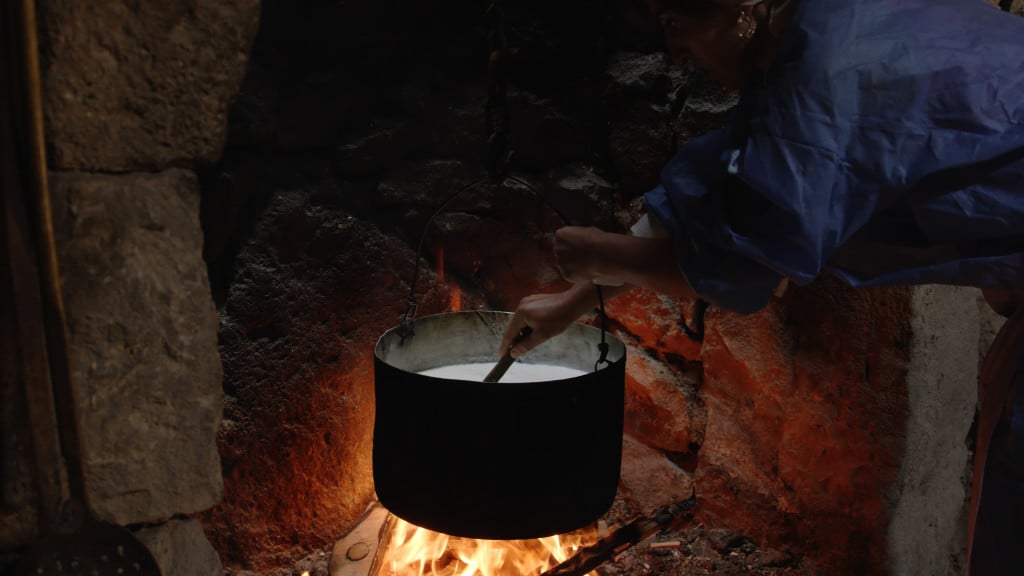
A more passive method to achieve the same result is to keep a spoon or ladle on top of the vessel. That way, there is a continuous escape route for the vapor rising to the surface.
This does work for some time, but upon heating further, the rate at which the vapor is created beats the rate at which it can leave. Thus, the remaining vapor starts getting trapped on either side and a large bubble of foam forms to spill over.
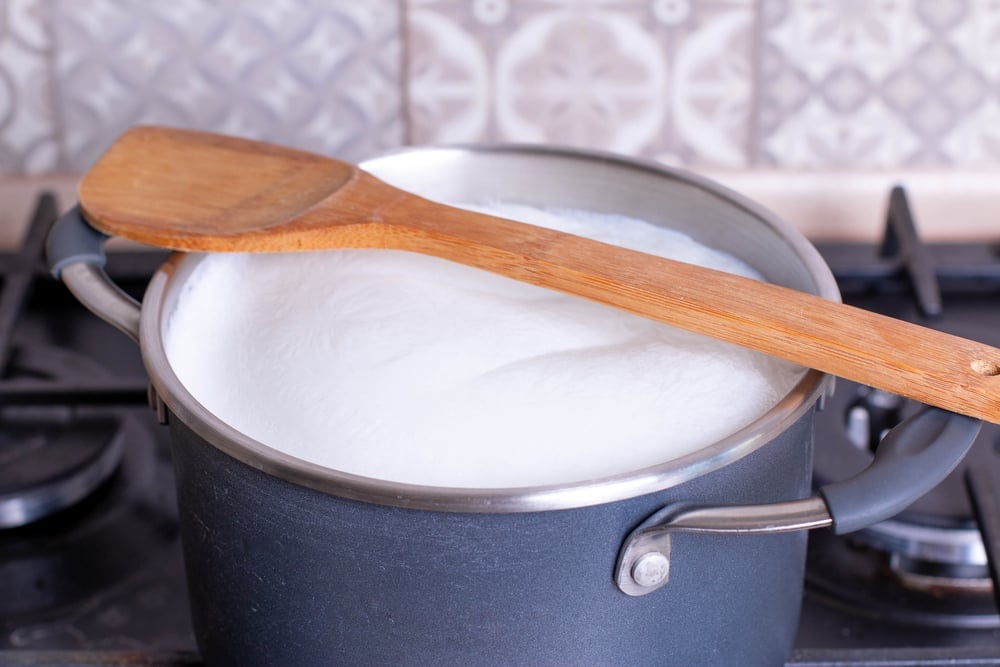
What If We Stop The Foam From Forming?
One rather interesting way to stop this spillover is by using a wide pan. The way this works is by allowing the bubbles formed by water vapor trapped in the coagulated substance to become too big to be stable. It’s a lot like a bubble popping when you try to make it too impressively large!
If we have a large pan, the bubbles will have room to grow really large, and when the surface tension provided by our coagulated substance can’t hold it, the bubble pops. This effectively stops the foam from forming at all, so the milk won’t spill over. However, be warned, as you will need a large vessel for this, even for small quantities of milk.


